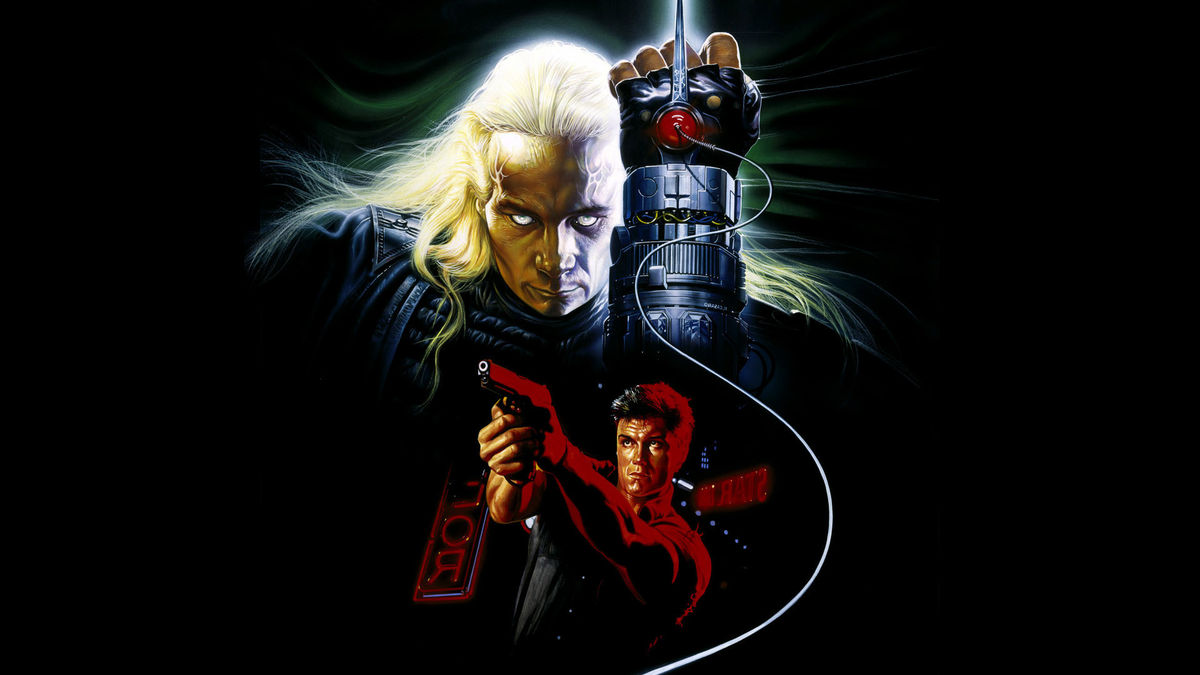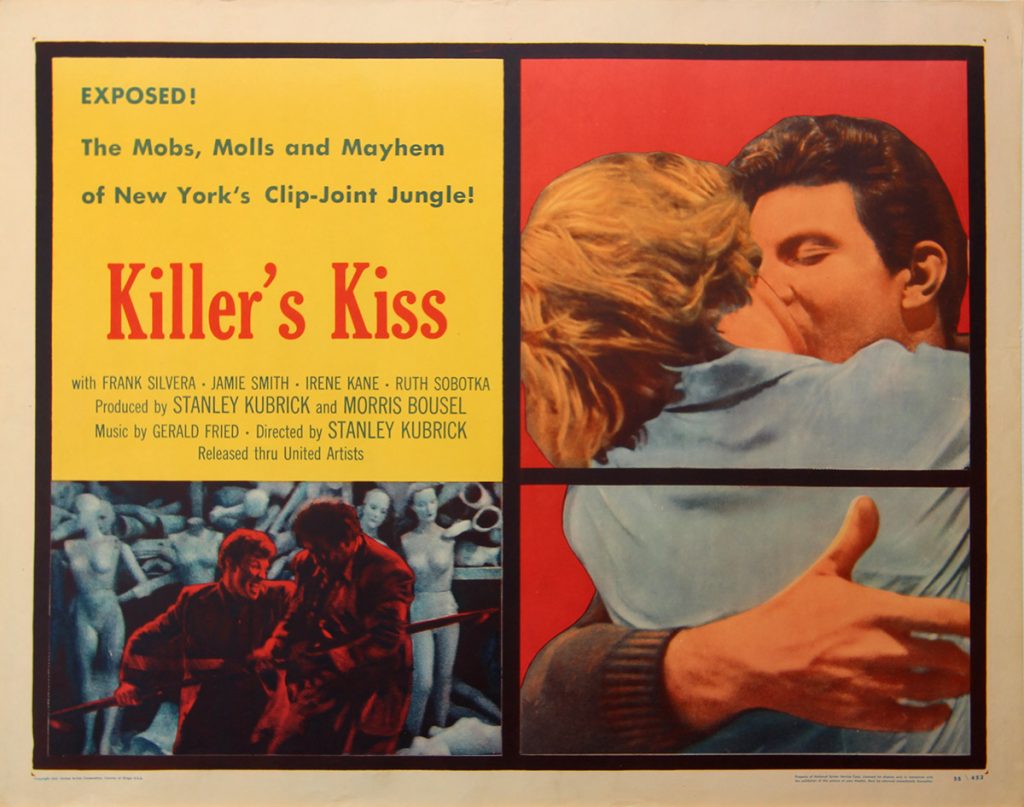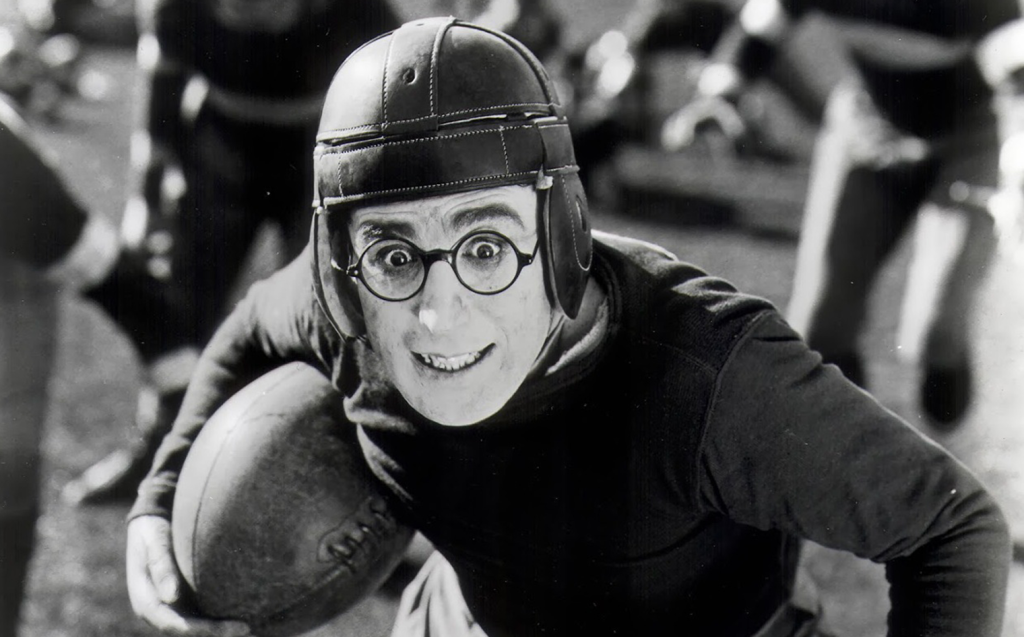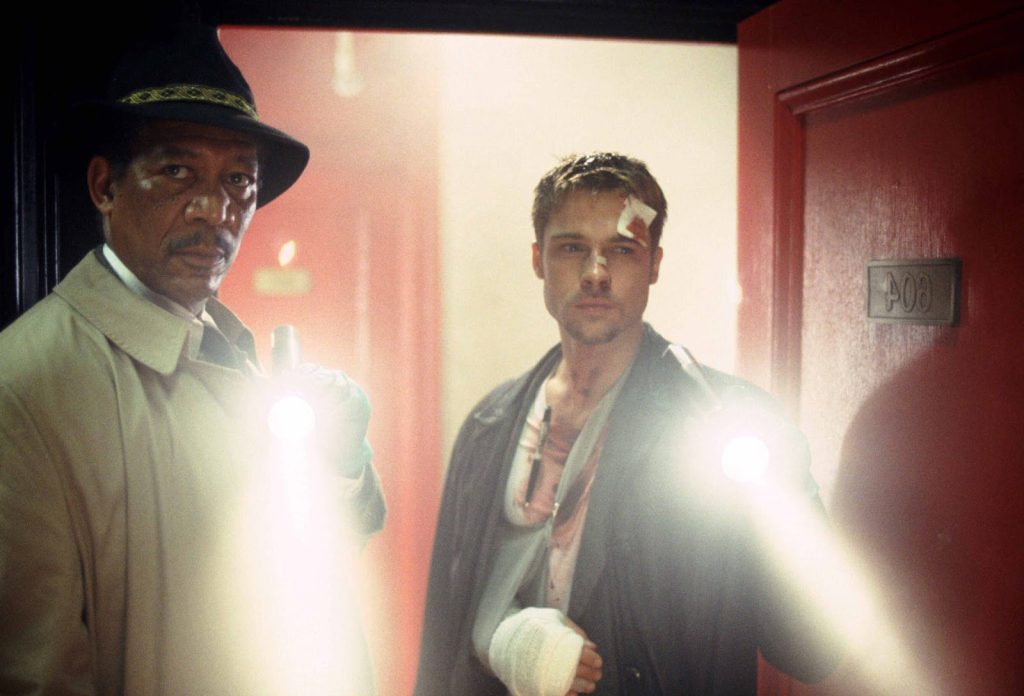This week, we’ll be focusing our posts on holiday movies, including several that we feel are worth putting into your holiday viewing rotation this year. Follow along here.
By 1990, the Christmas action movie had been well-established. Cobra, Lethal Weapon, Die Hard and others (don’t forget Trancers) had made the blend of holiday cheer, gunfire, punches, and explosions as naturally seasonal as mistletoe and eggnog. The ‘80s action movie in general was also beginning to mutate, with each successive film starring the likes of Arnold Schwarzenegger, Sylvester Stallone, Bruce Wills, and other action stars who didn’t open the “Planet Hollywood” restaurant chain attempting to outdo everyone else in every way possible. For a style that seemed to peak early with 1985’s Commando, the ‘80s action movie didn’t take long to reach even dizzier heights of cinematic excess.
Toward the end of the decade and into the ‘90s, the action movie had begun to blend with science-fiction more often (thanks in large part to The Terminator and Predator, two more Schwarzenegger flicks) and even dabbled in horror (Stallone’s Cobra and Chuck Norris’ Silent Rage). Thus, Dark Angel can be seen as the next logical result of all these trends: a sci-fi action movie (with some horror elements) about a rogue Texas cop, Detective Jack Caine (Stallone’s Rocky IV nemesis Dolph Lundgren) and his new FBI Agent partner, Larry Smith (Brian Benben), stumbling upon an extraterrestrial drug dealer, Talec (Matthias Hues), being pursued by an alien cop, Azeck (Jay Bilas), while attempting to harvest a super-drug called “Barsi” that’s made from human endorphins released after a victim is directly injected with heroin.
Oh, and it’s a Christmas movie.
While cocaine-fueled fever-dream movies are all over Hollywood history, Dark Angel belongs more to a brand of wild cinema fueled by a different substance: adrenaline. Director Craig R. Baxley had been a stunt performer, stunt coordinator and second unit director since the early 1970s, and Dark Angel was the second movie he directed following the similarly wild Carl Weathers vehicle Action Jackson. For Dark Angel, Baxley surrounded himself with a murderer’s row of genre veterans, from future Jurassic Park and Mission: Impossible writer David Koepp (using the pseudonym “Leonard Maas Jr.”) to cinematographer Mark Irwin (fresh from David Cronenberg’s body horror classics and The Blob remake), composer Jan Hammer (TV’s Miami Vice), special makeup effects artists Gabe Bartalos (Brain Damage) and Tony Gardner (also The Blob), and so on.

Every choice Baxley makes is intended for maximum impact: the banter between Caine, Smith, and Caine’s long-suffering coroner love interest, Diane (Betsy Brantley), is going for Shane Black meets screwball comedy. Talec’s scheme involves a RoboCop-esque phallic spike and an arrow with a tentacle-like wire, making his attacks a blend of body horror and slasher kill. Most noticeably, Talec and Azeck’s alien guns don’t fire bullets, but appear to just make a series of explosions happen wherever they’re pointed. While Baxley is indulging in wildly destructive car chases and buildings exploding on a whim, his film seems to simultaneously be criticizing (or at least poking fun at) ‘80s excess: the movie’s human antagonists are a gang of drug-dealing Yuppie corporate drones who openly refer to themselves as the “White Boys,” the Barsi drug is essentially ultra-heroin, Talec and Azeck are played by bodybuilders who make Dolph Lundgren look average, and one of Talec’s weapons is a gun that shoots out a CD-like magnet which lops people’s heads off, essentially turning what was then a symbol of luxury into an instrument of murder. Also, Michael J. Pollard plays a sleazy informant named “Boner.”
Given all of this, it feels like Jack Caine’s ability to stop this extraterrestrial menace (and the FBI cabal which hopes to cover it all up) is not about his strength, cunning, or firepower, but is all due to his being mutli-faceted, down to Earth, and — to put it in a word — chill. This aspect slides neatly into the movie’s Christmas theme; at first, it appears that the holiday trappings are present both as an expected element in an action/sci-fi film and as a way of contrasting the excessive awfulness of its villains with the inherent goodness of the season. The film’s alternate title used for its domestic release, I Come In Peace, references Talec’s oft-repeated line when encountering a human, indicating his view of our species as lesser as well as being an ironic, meta reference to classic sci-fi tales of first contact (it also, of course, sets up Lundgren’s amazingly badass final one-liner, a line so good they had to include it in the marketing).
Yet when considering the large stakes of the story, wherein not just the city of Houston but the entire human race is under threat from an intergalactic drug trade, Dark Angel (that title, after all!) seems like it might be intentionally attempting an allegory for something Biblical. To wit: humanity has found itself caught in the middle between a battle of higher powers representing Good and Evil, and only the meek (yet still badass) cop named after the Book of Genesis character who fell from grace shall prosper. There’s an absolutely bizarre backstory element concerning Caine’s character, where Diane and his superiors are mad at him at the beginning of the film not for bending the law or going rogue, but for disappearing for eight straight days. Is this another Biblical allusion? Was Caine just taking a break, indulging in some self-care?
Maybe, like Jesus Christ, Jack Caine (same initials, naturally) only emerges when he’s truly needed. Like the Old Testament God, any evil angel who crosses Caine’s path will not go in peace, but in pieces. Maybe it’s all just a bit too much for Baxley and Dark Angel to chew. That said, who ever complained that they got too many presents on Christmas morning? Dark Angel AKA I Come In Peace is one overstuffed stocking of a movie, which means there’s always something new to enjoy within it.
“Dark Angel” is streaming on Tubi.



